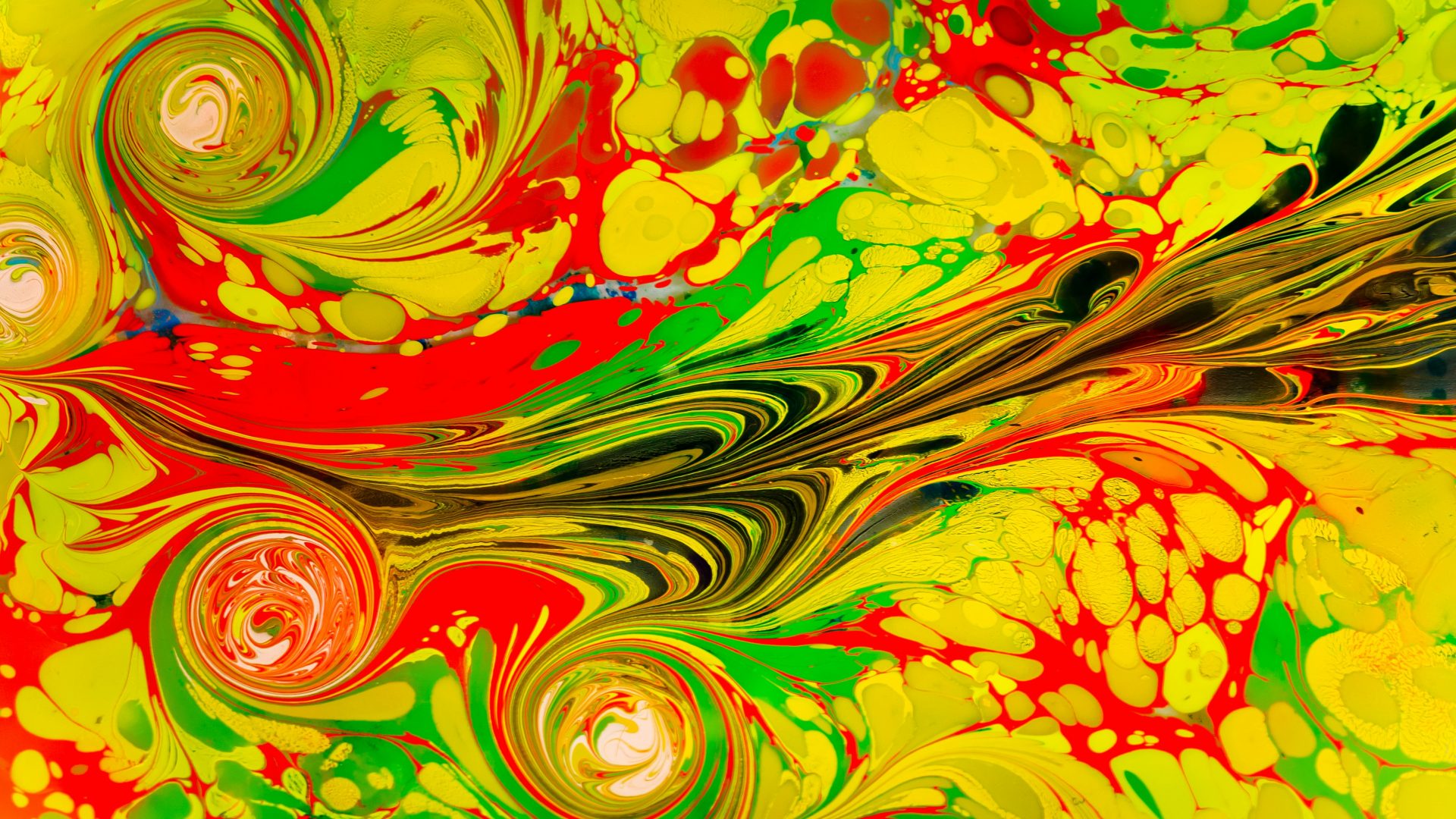Why Some Animals Fake Their Own Deaths

Before diving in, please note: This post is for informational purposes only. If you’d like to know more about how we approach topics, feel free to check out our friendly Disclaimer Page.
Hey there, amazing readers! 🖐️ Just a quick note: yes, we know there are a lot of ads here. Trust us, we get it—it’s not the prettiest look, but they help us keep this blog alive and kicking. Those pesky little ads cover the costs of all the behind-the-scenes magic, from hosting and tech stuff to creating content we hope you’ll love.
We’re committed to delivering quality posts, and your support (even just sticking around despite the ads) means everything to us. So, bear with us, and thanks for helping us keep the good vibes rolling. Now, on to the fun stuff! 😉
TRANSLATE BUTTON AT THE END OF THE ARTICLE
Imagine stumbling upon a seemingly lifeless opossum on a hiking trail.
You assume it has met its end—only for it to suddenly spring back to life and scurry away the moment you turn your back.
Welcome to the fascinating world of animals that fake their own deaths, a behavior known scientifically as thanatosis.
This survival tactic has evolved in some of the most creative and unexpected ways, allowing animals to outsmart predators and improve their chances of survival.
Let us dive into why and how animals play dead, along with some astonishing examples of nature’s best actors.
What Is Thanatosis?
Thanatosis, or “playing dead,” is a defense mechanism used by animals to deter predators.
By mimicking death, these animals make themselves seem less appealing or even dangerous to potential attackers.
This behavior often works because many predators prefer live prey and may hesitate to eat something that seems already dead, decayed, or diseased.
Why Do Animals Fake Their Own Deaths?
1. To Avoid Predation
For many species, pretending to be dead is an effective way to avoid being eaten.
Predators often rely on movement to detect prey.
By lying still, an animal can confuse or discourage the attacker, giving itself a chance to escape.
2. To Trigger a Predator’s Instincts
In some cases, predators lose interest when prey stops moving.
A predator may assume the “dead” animal is no longer worth the effort or could be dangerous to consume.
3. To Lure Prey
While most animals play dead to evade predators, a few cunning predators use this tactic to lure their own prey closer.
It is an unusual twist on the strategy but a highly effective one.
How Animals Fake Death
Animals that exhibit thanatosis employ different techniques, depending on their species and environment:
1. Complete Immobility
The simplest form of playing dead involves freezing all movement.
Animals such as snakes and lizards can remain perfectly still for long periods, waiting until the threat passes.
2. Limp Bodies and Loose Limbs
Some animals, like the opossum, take it a step further by becoming completely limp, mimicking the look of a lifeless body.
They may even roll onto their sides or backs to enhance the illusion.
3. Emitting Foul Smells
Certain species add a sensory element to their performance.
Opossums, for instance, release a foul-smelling fluid to mimic the stench of rotting flesh.
This further convinces predators that they are not worth eating.
4. Eyes Open or Closed
Depending on the species, animals may either close their eyes to appear lifeless or keep them open and fixed in a vacant stare.
Fascinating Examples of Animals That Play Dead
1. Opossums
The phrase “playing possum” exists for a reason!
Opossums are the poster animals for thanatosis.
When threatened, they collapse, go limp, and exude a putrid odor to trick predators into thinking they are dead.
2. Hognose Snakes
The hognose snake is an Oscar-worthy performer in the reptile world.
When threatened, it flips onto its back, opens its mouth, lets its tongue hang out, and even emits a foul odor to mimic decay.
3. Killdeer Birds
The killdeer bird uses a different kind of deception—it pretends to be injured rather than dead.
By faking a broken wing and flopping around, the bird lures predators away from its nest to protect its eggs or chicks.
Discover "Dog Care: Learning How to Care for Your Furry Friend 🐾"
4. Ant Lions
Ant lions, which are the larvae of a certain type of insect, play dead when disturbed.
By remaining motionless, they blend into the soil and avoid being eaten by predators.
5. Cichlid Fish
Some species of cichlid fish use death mimicry as a predatory tactic.
They lie motionless on the ocean floor, waiting for smaller fish to approach out of curiosity before attacking.
The Science Behind Playing Dead
Thanatosis is not just instinct—it is a survival strategy honed by evolution.
Research suggests that animals capable of thanatosis have higher survival rates in certain environments, especially where predators are common.
Key Factors That Influence Thanatosis
Type of Predator: Predators that rely on movement or visual cues are more likely to be fooled by thanatosis.
Environment: Animals in open environments, where escape options are limited, may rely more on playing dead.
Body Structure: Species with flexible bodies or the ability to mimic lifelessness effectively are better suited to this tactic.
Does Playing Dead Always Work?
While thanatosis can be highly effective, it is not foolproof.
Some predators, especially scavengers, are not deterred by the appearance of death.
Additionally, if a predator is particularly hungry, it may still attack the “dead” prey.
Why Some Animals Fake Death to Hunt
Though most animals use thanatosis as a defensive strategy, some turn the tables and use it to catch prey:
The Assassin Bug: This insect pretends to be dead to attract prey, only to attack when the unsuspecting victim gets too close.
Alligator Snapping Turtle: This predator lies motionless on the riverbed with its mouth open and uses its tongue, which resembles a worm, to lure fish.
Can Pets Fake Death?
Interestingly, some domesticated animals, like dogs and parrots, can learn to mimic playing dead—though they usually do it as part of training or for attention rather than survival.
Conclusion
The ability to fake death is one of nature’s most ingenious survival strategies.
From opossums to snakes, animals have mastered the art of deception to outwit predators or, in rare cases, prey.
Thanatosis demonstrates just how creative and resourceful wildlife can be in adapting to the challenges of their environments.
So, the next time you see an animal lying lifeless, think twice—it might just be putting on a performance worthy of an award!

The Enlightenment Journey is a remarkable collection of writings authored by a distinguished group of experts in the fields of spirituality, new age, and esoteric knowledge.
This anthology features a diverse assembly of well-experienced authors who bring their profound insights and credible perspectives to the forefront.
Each contributor possesses a wealth of knowledge and wisdom, making them authorities in their respective domains.
Together, they offer readers a transformative journey into the realms of spiritual growth, self-discovery, and esoteric enlightenment.
The Enlightenment Journey is a testament to the collective expertise of these luminaries, providing readers with a rich tapestry of ideas and information to illuminate their spiritual path.
Our Diverse Expertise 🌟
While our primary focus is on spirituality and esotericism, we are equally passionate about exploring a wide range of other topics and niches 🌍📚. Our experienced team is dedicated to delivering high-quality, informative content across various subjects ✨.
To ensure we provide the most accurate and valuable insights, we collaborate with trusted experts in their respective domains 🧑🏫👩🏫. This allows us to offer well-rounded perspectives and knowledge to our readers.
Our blog originally focused on spirituality and metaphysics, but we’ve since expanded to cover a wide range of niches. Don’t worry—we continue to publish a lot of articles on spirituality! Frequently visit our blog to explore our diverse content and stay tuned for more insightful reads.





